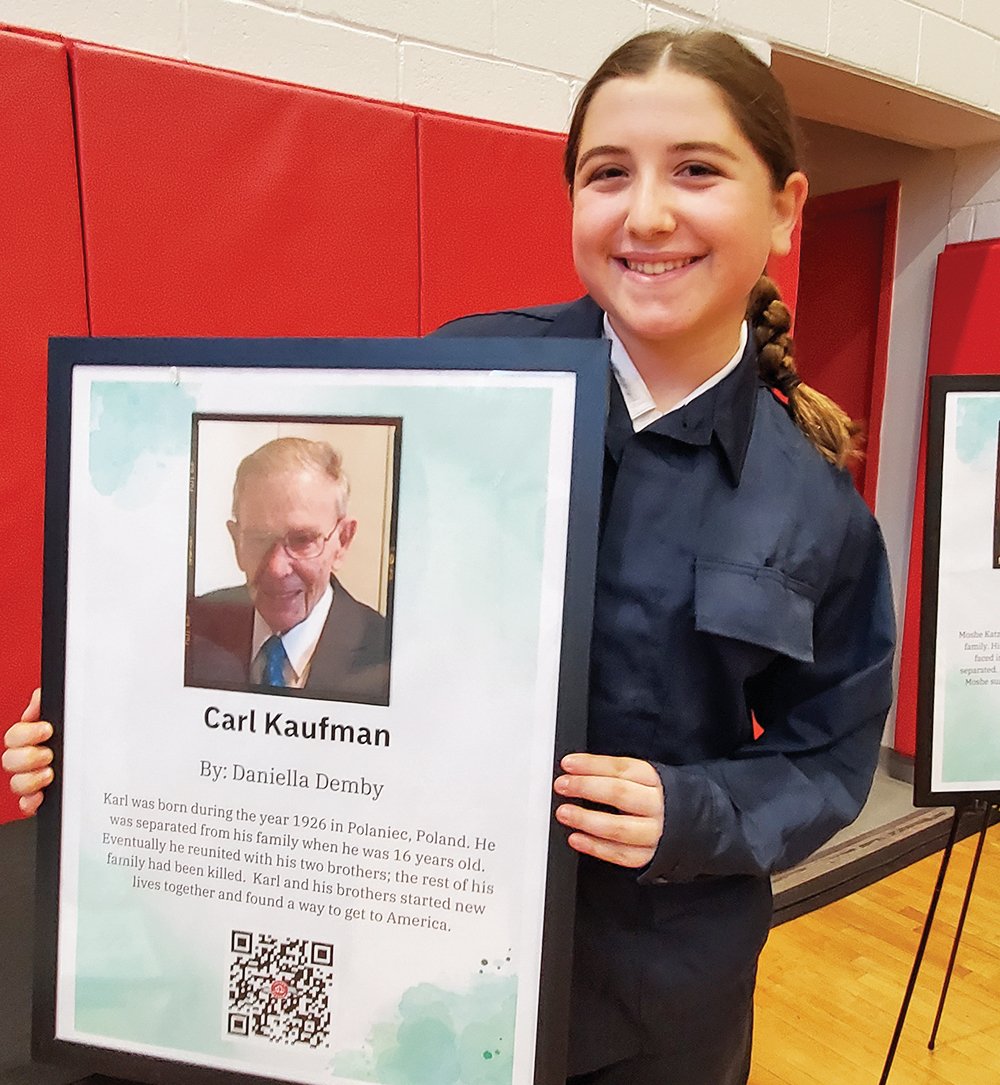Working as a behavior consultant in various educational settings I have heard on numerous occasions people saying “I don’t believe in ABA” or “ABA is not effective.” When I ask them to elaborate and explain what it is they don’t like about ABA, I realize that they may have a misunderstanding of what ABA consists of.
ABA is an acronym for Applied Behavior Analysis. It is the practical application of the science of human behavior, based on investigating the factors that influence behavior in a real-world setting. Some of the major figures instrumental in developing the scientific principles on which ABA is based on are Pavlov, Thorndike, Watson and Skinner. In 1913 Watson asserted that observable behavior was a proper subject matter of psychology and that all behavior was controlled by environmental events. Skinner later expanded the field of behaviorism described by Watson. Using his laboratory research demonstrating basic behavior principles, Skinner applied these principles of behavior analysis to human behavior. He demonstrated that our physical and social environments largely determine what we learn, though physiology and genetics play a role as well in establishing our potentials and limits.
It is not a matter of believing in Behavior Analysis. There is very little to argue with the idea that we do things more often when they have positive consequences (the principle of reinforcement). For example, if exercising results in losing weight, one may engage in exercise more frequently in the future in order to lose weight; a child who cleans up his toys and gets verbal praise from his mother may engage more frequently in cleaning up toys. On the other hand, when our actions result in unpleasant consequences, one may stop engaging in these behaviors. After having to pay a hefty fine for talking on the phone while driving, I have now (for the most part) stopped talking while driving; when a child touches an electric outlet and receives a painful shock, he/she is less likely to touch an outlet in the future (the principle of punishment). If I put money into a coffee machine, and no coffee comes out, I will be less likely to put money into that machine next time I pass by (the principle of extinction). These are some of the principles that operate and influence our behavior. So if one wants to understand why a child behaves a certain a way, it is important to understand how the principles of behavior operate on the child’s behavior. This is a lengthy topic and beyond the scope of a short article.
To summarize, Applied Behavior Analysis “is a discipline devoted to the understanding and improvement of human behavior…it focuses on objectively defined, observable behaviors of social significance; it seeks to improve the behavior under study while demonstrating a reliable relationship between the procedures employed and the behavioral improvement; and it uses the methods of science—description, quantification, and analysis.” (Cooper, Heron, Heward, 1987) ABA is science based, and has been used to help people change a vast array of problematic behaviors and learn new, more appropriate skills.
So what do people mean when they say they “do not like or believe in ABA?” They are usually referring to the use of ABA in the treatment of autism. Although many people are familiar with autism, possibly due to an increase in the diagnosis of autism (approximately 1 in 68 children is diagnosed with autism as compared to 10 years ago where autism’s estimated prevalence was 1 in 166), and with the term ABA, referring to a variety of behavioral therapies, there are some myths around ABA-based behavioral therapies, and these myths lead to confusion and ambivalence.
Myth #1: ABA is synonymous with discrete trial teaching (DTT).
People believe that ABA is synonymous with “forcing” children to sit for hours at a time at a table following instructions in a robot-like manner. To an outside observer, not looking at the whole context of a child’s program, DTT may look rigid. Discrete trial teaching is not synonymous with ABA; it is one of the teaching procedures used in ABA, based on the principles of behavior that have proven over time to be effective in teaching students skills and addressing problematic behavior. These methods have evolved since the early days in the 1960s when Ivaar Lovaas laid out a curriculum of teaching programs based on ABA.
Myth #2: ABA is all table work.
ABA includes both discrete trial teaching and Natural Environment Teaching (NET). NET can occur any time during the day when a learning opportunity presents itself. Natural Environment Teaching captures and takes advantage of the child’s motivation. The emphasis is on following the child’s interest; trials are less structured, and incorporate natural reinforcers and consequences. Training extends beyond the therapy setting and addresses generalization of skills to the natural environment. For example, a child is on the playground and seems to want to go on the swing. An effective teacher will take this moment as an opportunity to teach the child to say or sign “swing” followed by going on the swing. Many skills are taught in the context in which we want the behavior to occur.
Myth #3: ABA can only occur by working in a one-on-one setting.
ABA takes place in a group setting as well. Many of the required skills are taught one-on-one in order for the child to learn to be successful in a social environment. Once the skills are mastered in this setting, they will be generalized to new environments with others as well.
Myth #4: ABA uses food and toys to bribe children.
One of the most misunderstood concepts of ABA is the value and importance of reinforcement. We use whatever currently “motivates” the child to teach him new skills. At first, we may use external rewards such as edibles, music, video or toys, paired with verbal praise and high fives, as reinforcers to help a child learn new skills. But as our students master these skills, they self-maintain, and the rewards fade away, because engaging in these behaviors leads to success in the child’s environment, which is its own reward.
Myth #5: ABA promotes robotic language.
In 1957 Skinner published a book, Verbal Behavior. Rather than focusing on its structure, Skinner analyzed the function of language and presented his analysis in his book. Communication is taught using the principles of ABA. By design, Verbal Behavior motivates a child to learn language by connecting words and/or signs with their purpose. The student learns that words can help obtain desired objects or other results. The intervention focuses on “why” we use words, and does not promote robotic language.
Myth #6: ABA therapy is effective only for children diagnosed with Autism Spectrum Disorder.
Although this treatment has been highly effective with children diagnosed with ASD, ABA has been utilized to address all sorts of socially significant behaviors in a wide variety of people. Some of the skills that have been targeted using ABA include communication, social skills, play skills, academics, self-help skills, toileting and work skills.
The point of this article is not to turn everyone into ABA believers, but rather to allow a better understanding of ABA and its teaching methodology, based on the science of behavior, and to help them apply this understanding to help students who may not have been successful with other traditional teaching methods. The practitioner who understands that behavior analysis is based on the science of behavior, and then applies that knowledge to teach new skills and behaviors, will create an optimal learning environment where individuals with a variety of challenges will learn successfully and the quality of their lives will be enhanced.
By Etti Parnes
Etti Parnes, MS BCBA is a behavior consultant in the Kiryas Joel Public School in Orange County. She is the owner of Monsey Licensed Behavior Analyst Services PLLC providing ABA services in the home and in school. She is a co-instructor in the ABA Professional Development Program at Florida Institute of Technology. She can be reached at [email protected].












